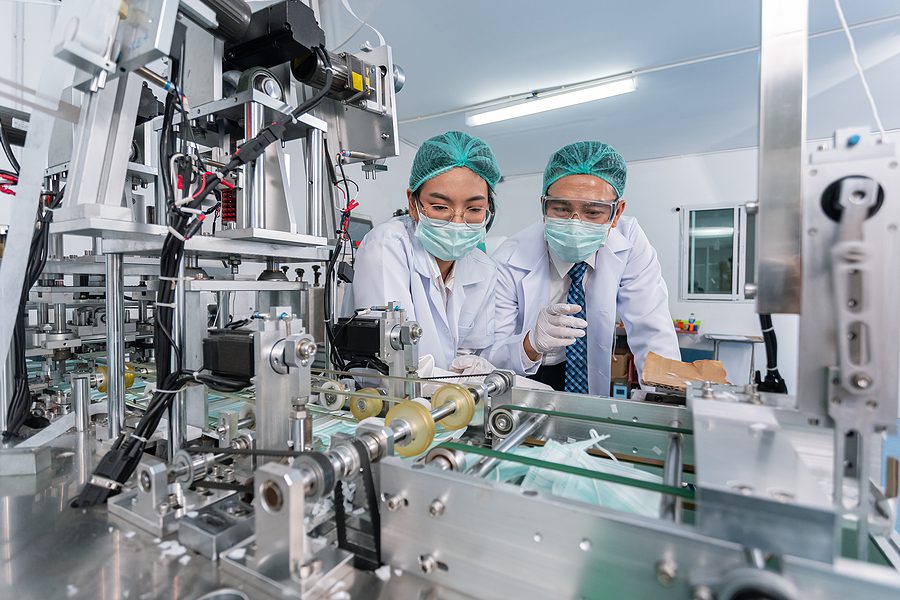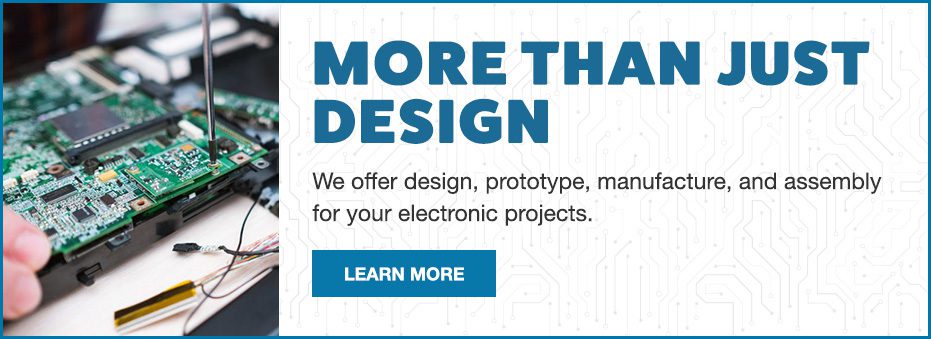Ensuring Compliance in Medical Device Manufacturing: Tips and Best Practices
The medical device industry is highly regulated. The safety and functionality of medical devices is critical to those who need to use them. The responsibility to ensure patient safety when using a medical device lies with the medical device manufacturer. However, as in many highly regulated industries, deciphering the requirements can be challenging. To ensure compliance in medical device manufacturing, you need to partner with an electronic manufacturer who has the experience and capabilities to keep your device within the proper regulations.
Understanding the Regulatory Framework
The FDA is responsible for regulating medical devices, setting standards for safety and effectiveness. To sell an FDA approved device, the medical device must be manufactured in an FDA registered facility. This means that the manufacturer will conduct thorough testing and provide evidence of the device’s safety and effectiveness. The manufacturers of medical devices must also stay up to date on any regulatory changes, as well as maintaining up-to-date records of the device history, including any potential issues and how they were remedied. Non-compliance with these regulations can result in significant legal and financial penalties, so compliance is crucial. Any electronic manufacturer who takes on a medical device manufacturing project should be ISO 13485 certified, which demonstrates compliance to the most stringent standards of medical device design and manufacturing.
Establishing a Compliance Management System
Documentation is crucial throughout the medical device manufacturing process. All policies, procedures, training, testing, and auditing need to be thoroughly documented to stay within compliance. Protocols can be established that will detect malfunctions early in the manufacturing process where they can be swiftly addressed. When this process is explicitly documented, it is far easier to stay in compliance with regulations.
Tips for Ensuring Compliance in Medical Device Manufacturing
To ensure compliance during the manufacturing process, your ECM should take a risk-based approach. This entails conducting thorough supplier evaluations and audits, utilizing software and other technologies to track and document the process, conducting assessments throughout the process, and ensuring the team working on the device has had the correct training to work with the device. Outsourcing your medical device manufacturing to a turnkey ECM with on-site engineers will minimize risk and allow quick troubleshooting of any issues that may arise.

Best Practices of Maintaining Compliance in Medical Device Manufacturing
A robust quality management system needs to be in place to maintain compliance. This can include:
- Working only with vetted suppliers to avoid the risk of counterfeit components and compliance through the supply chain.
- Carrying out detailed design reviews at various stages during the process to avoid any potential issues during the manufacturing process.
- Engaging with regulatory bodies and industry associations throughout the design and manufacturing process to address any potential complications.
- Prioritizing transparency and communication between all parties working on the device to ensure no errors in communication or expectation.
- Having PFMEA (Process Failure Mode and Effects Analysis) in place to carefully analyze and identify any potential errors during the manufacturing process. This allows ECMs to build in safeguards to plan for any changes that may occur during the process.
To ensure compliance with regulations in medical device manufacturing, as well as the safety and efficacy of the device, look for an ECM who is ISO certified and FDA registered. You need a partner who is experienced in medical device manufacturing and understands the intricacies of taking your device to market. Contact Levison Enterprises for a quote on your next medical device.
Get Started Now